Stop drowning in spreadsheets and manual updates.
Transform complex sales data into clear insights. Generate comprehensive reports on deals, pipeline, and performance with one click.
Ask questions in plain English about any deal or customer interaction. Get instant, accurate answers from your entire sales ecosystem.
Your single source of truth for all customer interactions 🎯





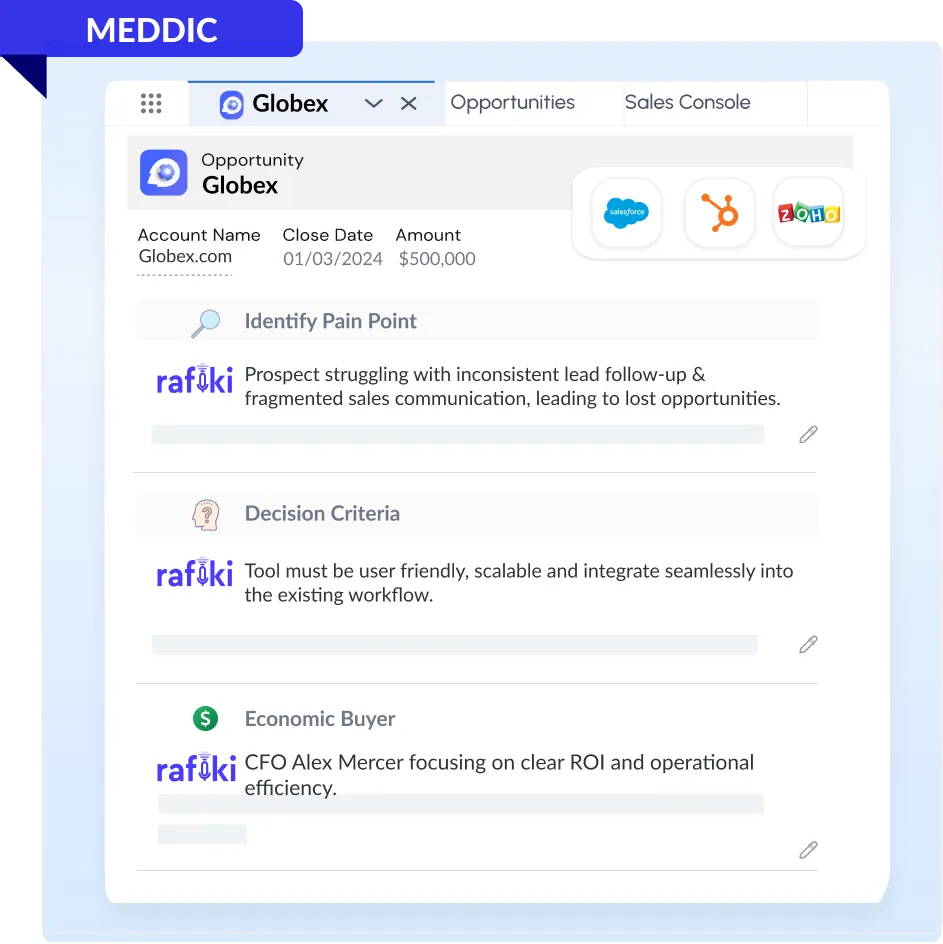
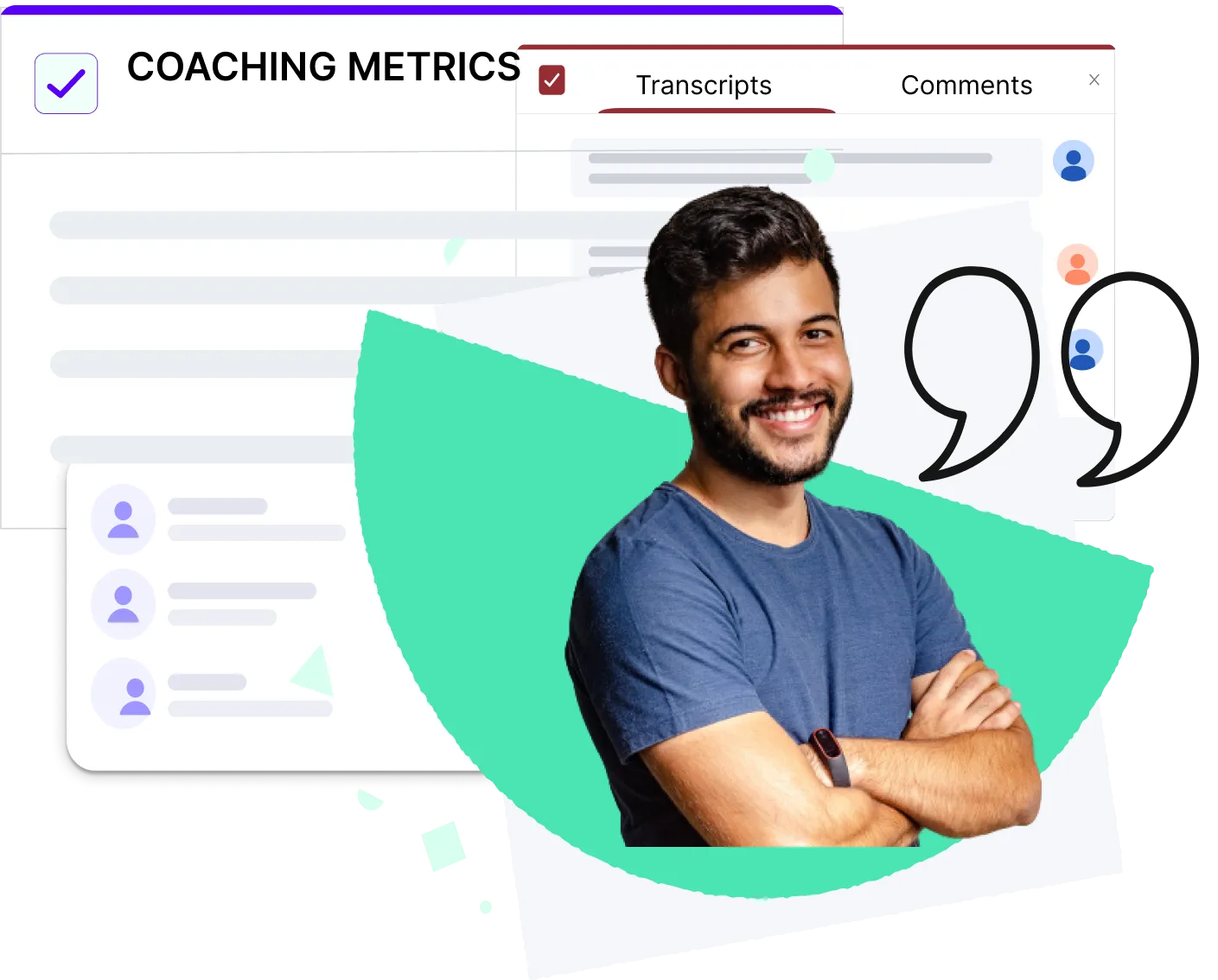
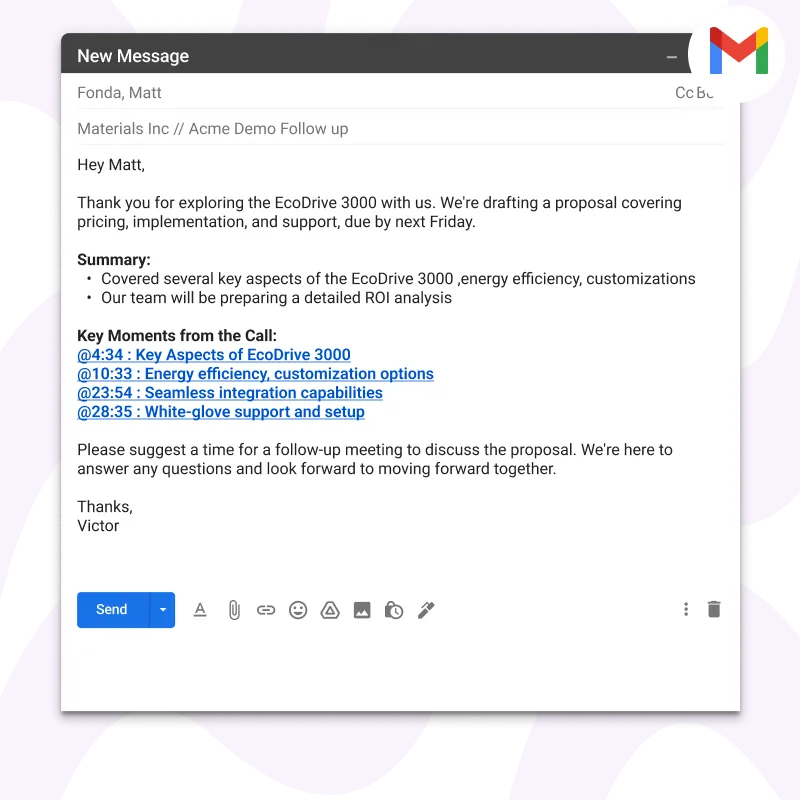
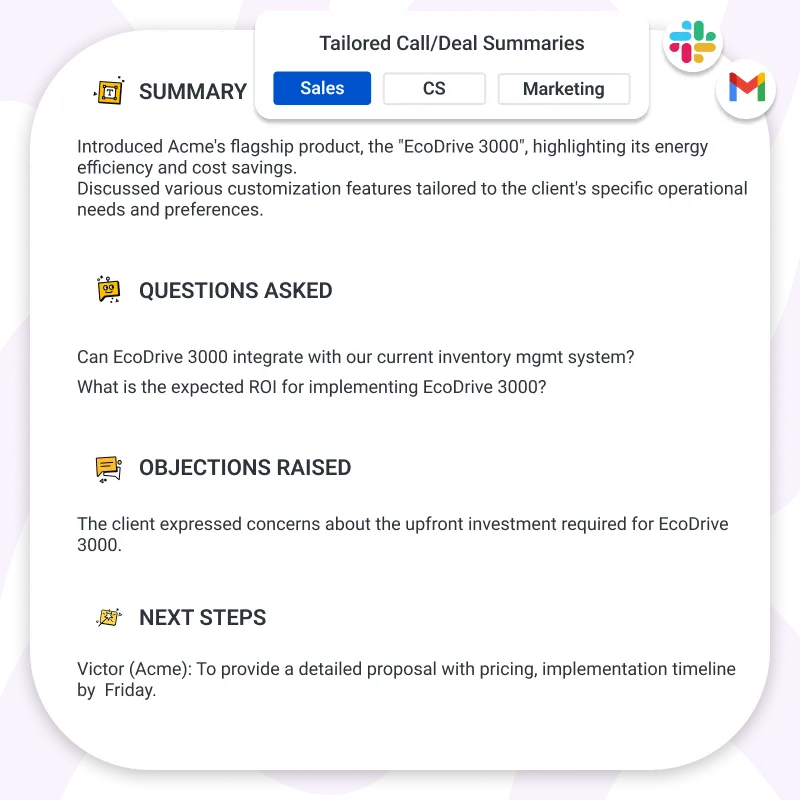


More revenue. Less ops.
Stop hunting for data across multiple systems. Rafiki's Gen AI Reports automatically gathers insights from your sales ecosystem to generate RevOps reports with one click.
Track deal performance, competitive analysis, and team effectiveness in real-time.


Transform complex sales data into clear insights. Automatically capture notes, analyze calls, and identify winning patterns across your organization.
Get real-time deal insights, buyer intent signals, and automate CRM updates to drive consistent performance.


Use Generative AI to automatically audits all calls and not only surfaces which Reps need help but also spot the areas where they need assistance.
Set up your Reps for an unstoppable winning streak.

Replicate winning behaviors by automatically analyzing and extracting patterns across thousands of calls to find what topics are being discussed by winning sales rep.
No one sells alone.
Empower your entire organization with AI-powered insights.
Share customer voices, key moments, and winning strategies to create a unified, high-performing sales team.




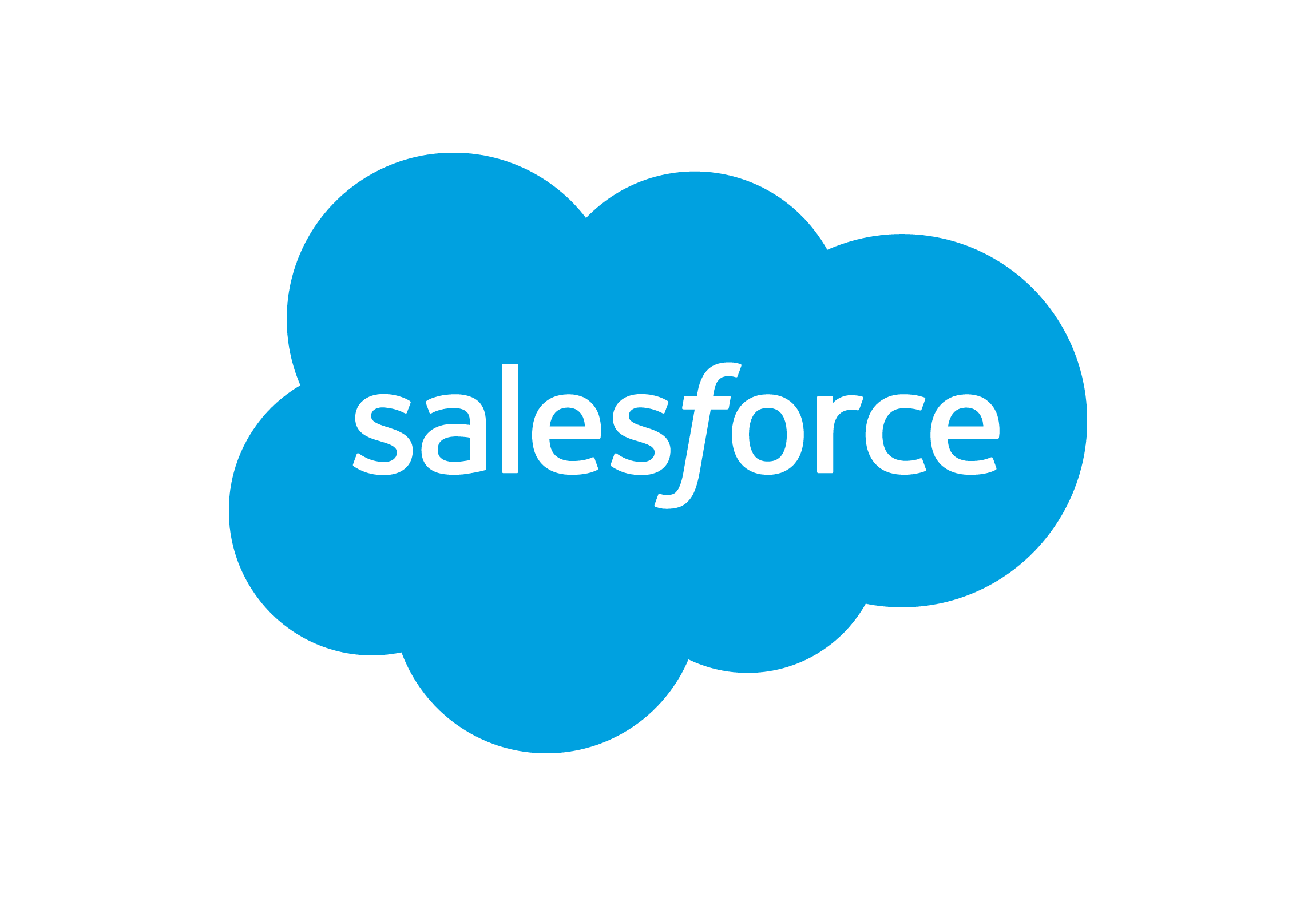


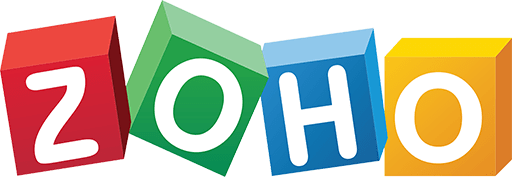











From the first day to every day, teams use Rafiki to get Deal Insights, Follow Up with prospects and close deals faster


It's free and easy to get started. Start your trial today to build your Sales Playbook.